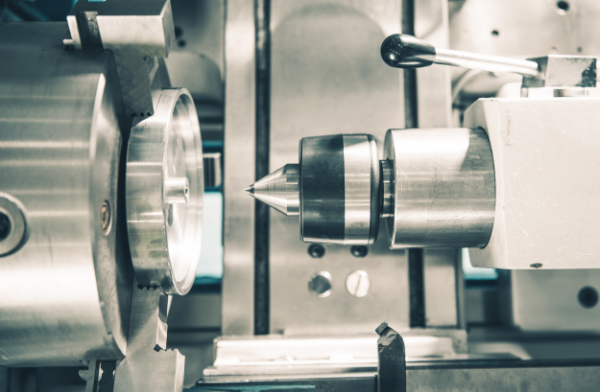Future Trends
The manufacturing of parts for aeronautics and medical applications is continuously evolving, driven by technological advancements and industry demands. Some future trends and emerging technologies in this field include:
- Additive Manufacturing: Additive manufacturing, or 3D printing, is gaining traction in both metal and plastic part manufacturing. It enables the production of complex geometries, customization, and lightweight designs. Advancements in additive manufacturing techniques and materials offer improved strength, higher resolution, and broader material choices.
- Advanced Materials: The development and use of advanced materials are on the rise. In aeronautics, there is a growing interest in composite materials, such as carbon fiber reinforced polymers, for their lightweight properties and high strength. In medical applications, bioresorbable polymers and biocompatible alloys are being explored for implants and tissue engineering.
- Robotics and Automation: The integration of robotics and automation is enhancing manufacturing processes. Robotic systems are used for tasks such as precision machining, assembly, and quality control, improving efficiency, speed, and accuracy while reducing costs and human error.
- Artificial Intelligence (AI) and Machine Learning: AI and machine learning are being applied to optimize manufacturing processes, predict maintenance needs, and improve quality control. AI-powered algorithms can analyze data from sensors and machines to optimize production parameters, detect anomalies, and enable predictive maintenance.
- Digital Twin: Digital twin technology, which creates a virtual representation of a physical part or system, allows for simulation, analysis, and optimization of designs and processes. It enables rapid prototyping, testing, and validation, leading to faster development cycles and improved performance.
- Nanotechnology: Nanotechnology is being explored to enhance the properties of materials used in aeronautics and medical applications. Nanoscale coatings, nanoparticles, and nanofibers offer improved strength, reduced friction, enhanced biocompatibility, and targeted drug delivery capabilities.
These trends and technologies hold immense potential for advancing the manufacturing of parts in aeronautics and medical applications. They offer opportunities for increased customization, improved performance, reduced costs, and accelerated innovation in these critical industries.




